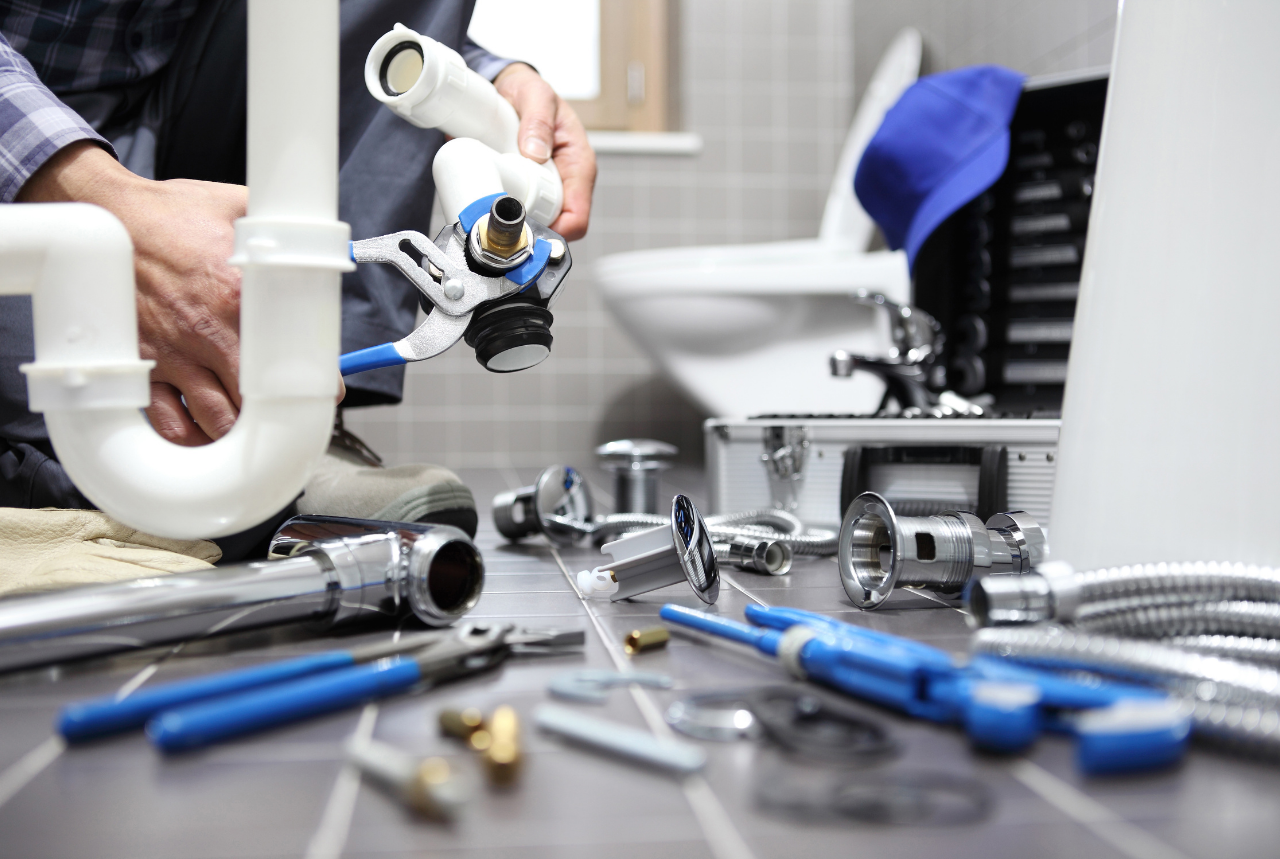Bathroom plumbing plays a crucial role in our daily routines. Experiencing low water pressure in your bathroom can be frustrating, but there are ways to improve it. This article will guide you through some simple steps to enhance the water pressure in your bathroom plumbing. Additionally, we’ll touch on how to identify problems in cast iron plumbing systems.
Understanding Water Pressure
Water pressure refers to the force that pushes water through the pipes and out of your faucets. Good water pressure ensures a strong and steady flow of water, which is essential for showers, baths, and sink usage. Low water pressure can be caused by various factors, including clogged pipes, leaks, or issues with the water supply.
Check for Clogs in the Pipes
One common cause of low water pressure is clogged pipes. Over time, mineral deposits and debris can build up inside the pipes, restricting the flow of water. To check for clogs:
Inspect the Faucets: Remove the aerators from your faucets and check for any buildup of debris. Clean them thoroughly and reattach them.
Showerheads: Remove the showerhead and soak it in vinegar to dissolve any mineral deposits. This can help improve water flow.
Fix Leaks in the Plumbing
Leaks in your bathroom plumbing can also lead to low water pressure. Even small leaks can reduce the overall pressure. To fix leaks:
Inspect the Pipes: Check all visible pipes for signs of leaks, such as damp spots or water stains.
Tighten Connections: Ensure that all pipe connections are tight and secure. If you find any loose connections, tighten them with a wrench.
Install a Pressure-Boosting Showerhead
If you have low water pressure in your shower, consider installing a pressure-boosting showerhead. These showerheads are designed to increase water pressure, providing a stronger and more satisfying shower experience. They are easy to install and can make a noticeable difference.
Check the Main Water Valve
The main water valve controls the flow of water into your home. If it’s not fully open, it can reduce water pressure in your bathroom plumbing. To check the main water valve:
Locate the Valve: The main water valve is usually located near the water meter or where the main water line enters your home.
Ensure It’s Fully Open: Turn the valve counterclockwise to make sure it’s fully open.
Consider a Water Pressure Booster Pump
If you’ve tried the above steps and still experience low water pressure, you might need to install a water pressure booster pump. This device increases the pressure of the water coming into your home, ensuring a strong and steady flow throughout your plumbing system. Consult a professional plumber to determine if this solution is right for you.
How Can You Identify Problems in Cast Iron Plumbing Systems?
Cast iron plumbing systems are durable, but they can develop problems over time. Identifying issues early can prevent costly repairs and ensure your plumbing system functions properly. Here are some common problems and how to identify them:
Look for Rust and Corrosion
Cast iron pipes are prone to rust and corrosion, which can weaken the pipes and lead to leaks. To identify rust and corrosion:
Inspect the Pipes: Look for any reddish-brown stains or flakes on the surface of the pipes.
Check for Leaks: Pay attention to any damp spots or water stains near the pipes, as these can indicate leaks caused by corrosion.
Listen for Strange Noises
Unusual noises coming from your cast iron plumbing system can signal problems. These noises can include banging, clanking, or gurgling sounds. To identify the cause:
Check for Blockages: Strange noises can result from blockages or debris in the pipes. Try flushing the system to see if the noises persist.
Inspect for Loose Pipes: Ensure that all pipes are securely fastened to prevent movement and noise.
Monitor Water Quality
Changes in water quality can indicate issues with your cast iron plumbing. Rust and corrosion can affect the taste, color, and smell of your water. To monitor water quality:
Check for Discoloration: Look for any brown or reddish tint in your water, which can indicate rust.
Smell the Water: If your water has a metallic smell, it could be a sign of corrosion in your pipes.
Perform Regular Maintenance
Regular maintenance can help you identify and address problems in your cast iron plumbing system before they become serious. To perform maintenance:
Schedule Inspections: Have a professional plumber inspect your plumbing system regularly to check for signs of wear and tear.
Clean the Pipes: Periodically clean your pipes to remove any buildup of debris or mineral deposits.
Conclusion
Improving water pressure in your bathroom plumbing and identifying problems in cast iron plumbing systems are essential for maintaining a functional and efficient plumbing system. By following these simple steps, you can enjoy better water pressure and avoid potential plumbing issues. If you’re unsure about any aspect of your plumbing system, don’t hesitate to consult a professional plumber for expert advice and assistance.
FAQs
How often should I clean my showerhead to maintain good water pressure?
Cleaning your showerhead every three to six months can help prevent mineral buildup and maintain good water pressure.
Can low water pressure be caused by issues outside my home?
Yes, low water pressure can sometimes be caused by issues with the municipal water supply or problems with the main water line.
Is it expensive to install a water pressure booster pump?
The cost of installing a water pressure booster pump can vary, but it is often a worthwhile investment for homes with consistently low water pressure.
